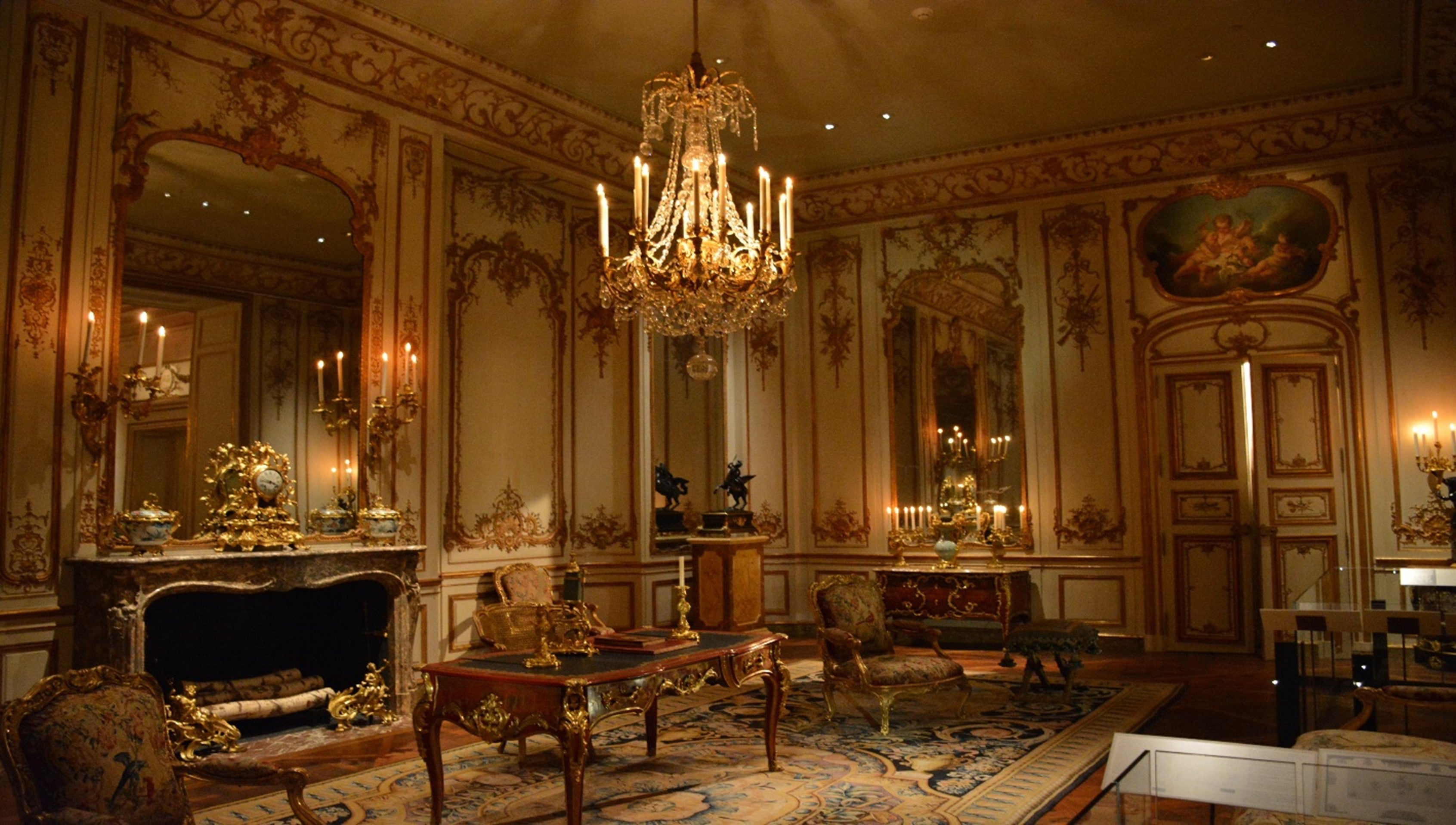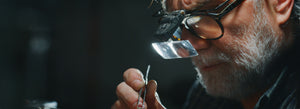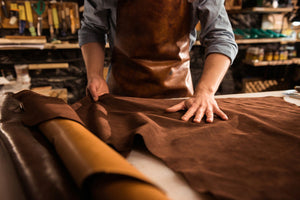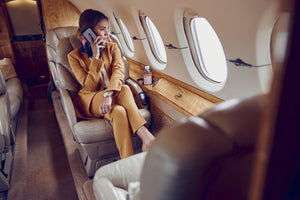Minimalism and maximalism are two opposite notions widely applied in interior design, artwork, fashion, music, and other creative outlets. The minimalist philosophy emphasizes simplicity, purity, and having as few possessions as possible, whereas maximalism highlights an aesthetic that prides itself on abundance and vibrancy.
In this blog, we hone in on what defines each term, how the trends have evolved, and understanding which style suits you.
What is minimalism, and how did the trend start?
The minimalist trend initially rose alongside the idea of anti-consumerism. The realization of the damaging consequences that endless consumption causes were first brought up by the American sociologist Thorstein Veblen. Society gradually began to realize the detrimental impact that excessive production and consumption had on the natural environment. Unsurprisingly, anti-consumerists saw minimalism as a new way of shopping and living that helped reduce directionless and unethical consumption on an individual level. Moreover, some argue that endless accumulation of products will cause one more stress than satisfaction and that having a minimal number of possessions will allow one to feel less chaotic and more productive.
With a groundbreaking concept of artistic expression, the minimalist movement quickly gained popularity in the middle of the 20th century. Contrary to the conventional use of art to visualize emotions, artists such as Frank Stella and Robert Morris aimed to create art pieces that draw the audience’s attention onto the structure of the art pieces themselves. In general, modern art is collectively characterized by minimalist aesthetics that highlight the core concept and the main structure of the art pieces.
Aspiring to pursue the purest form of beauty, minimalist designers prioritize functionality, practicality, and simplicity. Minimalist designs incorporate clean lines, monochromatic color schemes, and a lot of blank spaces. A person who dresses in a minimalist style will select plain and unornamented clothing pieces and make sure that there are no more than three colors at one time.
Why is minimalism falling out of favor?
People’s love for minimalism is far from unflappable. In fact, from the “unexpressive art creations” to the “emotionless interior designs”, minimalism has received its fair share of critique.
Minimalist designs might appear to convey a message of coldness and depersonalization. For example, a minimalist home with merely essential furniture pieces can rip a sense of homeliness and endearment off its residents. With few memory-bearing or personalized items, a minimalist home can give the feeling of a cookie-cutter hotel room or even a hospital room. Additionally, minimalist design pieces can, at times, feel harsh and make someone appear monotonous. When visiting modern art museums, one may feel perplexed over the meaning or the symbolism behind modern art pieces since extreme simplicity sometimes leaves too much room for rumination.

Image Source: unsplash.com
As humans, we invent, utilize, and own tools. Accumulating personal possessions can be an essential part of what makes us a unique species. The strict adherence to minimalism means that we are limiting ourselves to a few necessary items for our survival, which may deprive us of a sense of individuality and self-identity.
What is maximalism, and how did it start?
In response to the minimalist trend subsiding, maximalism has been a growing movement in the art and design world. Maximalism stresses an excess of visual cues or audio cues. More is better. Maximalism celebrates abundance, vibrancy, ampleness, and opulence. A maximalist painting is filled with eye-catchy color choices, vividly descriptive lines, diversely designed motifs, and lavishly thought-out metaphors.
Maximalism originates from German and Russian music, the composition style of which is characterized by frequent sound intensification. The kind of maximalism also quickly saw a revival in artwork, interior designs, and fashion designs.

Image Source: unsplash.com
Why are people turning towards maximalism?
An increasing number of people are turning towards maximalism because it allows them to possess items that embody warmth, uniqueness, and personality. Items and collections flavored with a touch of personal branding exude extreme value to modern and high-class customers.
Maximalism also allows individuals to infuse more creativity into their personal styles. A maximalist dressing style will incorporate more diversified color schemes, more resourceful clothing pieces, and more sophisticated accessories. Products designed with a maximalist philosophy are usually more visually vibrant and more eye-catching. In fact, maximalist designs can often command attention and attract all eyes to be on you.
Minimalism vs. maximalism: choose a style that suits you
Whether you choose to dive into the minimalist trend or endeavor to embrace the maximalist philosophy, Maison Septem lets you express your unique identity in a delicate and sophisticated manner either way.
Maison Septem’s minimalist designs circumvent the conventional repetitiveness of minimalist art pieces and incorporate the timeless ingredient to make you stand out from the crowd – precious materials.

When it comes to maximalism and expressing one’s individuality and self-identity, Maison Septem is the undeniable champion. Maison Septem provides assorted designs that help you build a unique style that exudes your personal aura.




At Maison Septem, we have some of the best designers and crafters in the world, to ensure the delivery of seamless service experiences for you while simultaneously crafting products customized to your taste and style. Whichever design philosophy you choose, we are not only here to help you create the most tailor-made pieces that manifest your personal identity, but also to incorporate the best materials and textures in the world to upgrade your individual brand like no other.
Banner Image Source: unsplash.com








